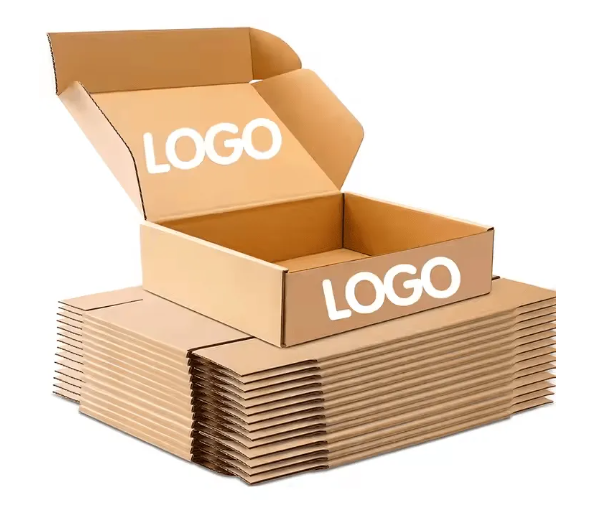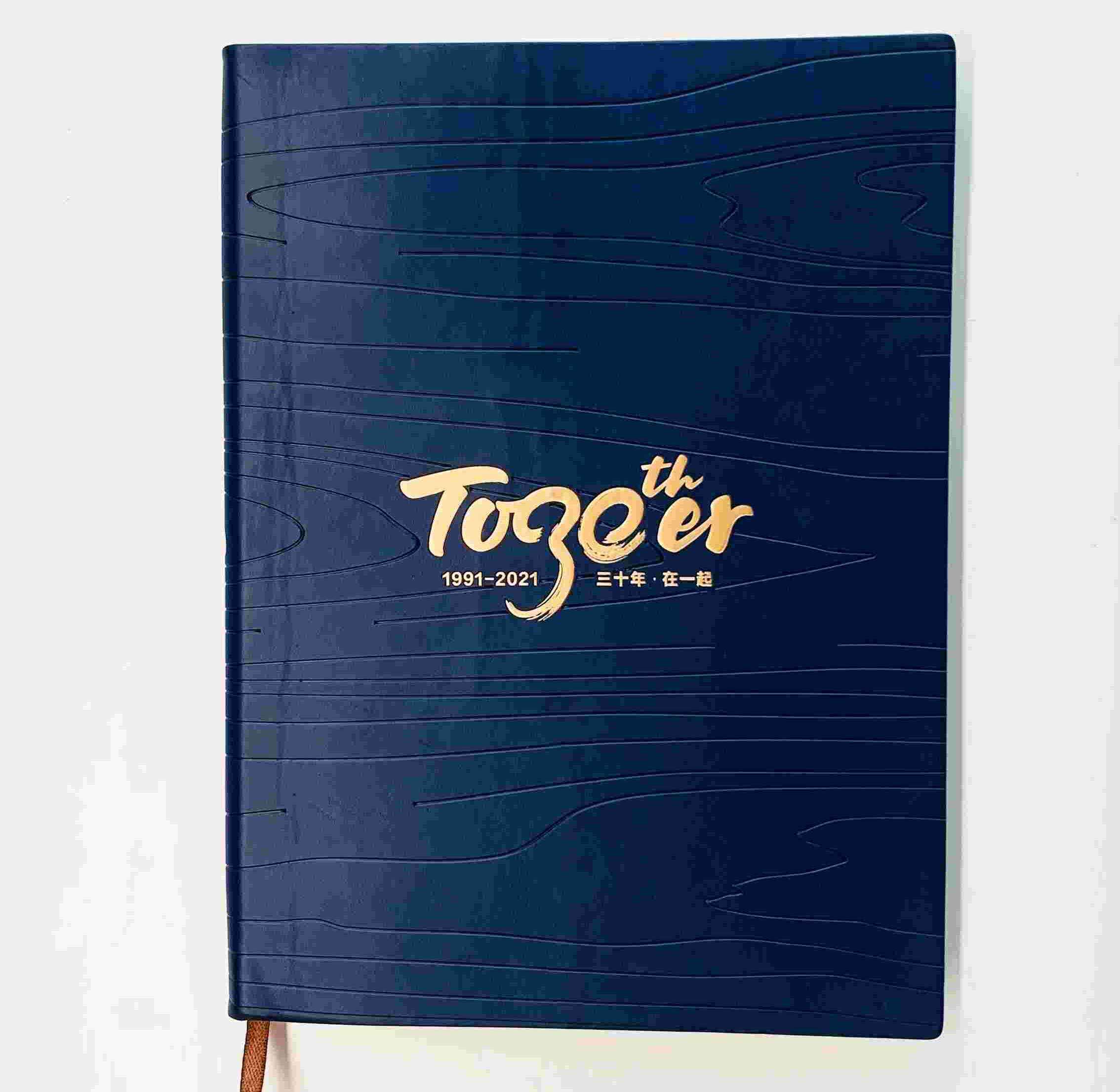
בשווקים המודרניים בהם התחרות אכזרית ודרישות הצרכן משתנות במהירות, האריזה כבר אינה דאגה משנית. היא הפכה להיות גורם קריטי המשפיע על הדרך בה המוצרים נקלטים, נמכרים ונזכרים. אריזה מותאמת של מוצר בפרט צומחת לstrateגיה מרכזית עבור מותגים המבקשים להבחין, להעביר ערכים ולייצר חוויות זיכרון לצרכנים. עם זאת, יצירת אריזה מותאמת מחייבת השקעה, ועל העסק לשקול בקפידה את העלות מול ההשפעה על המותג שהיא יוצרת.
הניתוח הזה חוקק את הדרך בה עטיפה מותאמת של מוצר משפיע על התנהגות הצרכן, מבני העלות המעורבים וההשפעה המידית של המותג שיכולה להצדיק את ההוצאה. על ידי הבנת הדינמיקות הללו, עסקים יכולים לקבל החלטות מושכלות בנוגע לסכום שישקעו בעיצוב האריזה, החומרים והטכנולוגיות כדי למקסם את הרווחיות ואת ערך המותג.
אריזת המוצרים נחשבה בעבר בעיקר כשכבת הגנה, שמבטיחה שהסחורה תגיע intact לצרכנים. כיום, היא ממלאת תפקיד גדול בהרבה יותר מאשר האינטראקציה הפיזית הראשונה בין המותג ללקוחות. ברוב המקרים, האריזה קובעת האם הקונה ירים את המוצר מהמדף או ימשיך לגלול מעלה באינטרנט. עטיפה מותאמת של מוצר עובר על מעוצבות סטנדרטיות כדי להציג את הזהות הייחודית של המותג, הערכים והקהל היעד.
היכולת להתאים את האריזה לסיפור המותג יוצרת קשר רגשי חזק יותר עם הצרכנים. מבחירת הצבעים והגופן, דרך החומרים ועד טכניקות הסיום, התאמה אישית מחזקת את סיפור המותג ומעבירה תחושת איכות. לדוגמה, אריזה מינימליסטית וידידותית לסביבה מעוררת תחושת אחריות וקיימות, בעוד שסיום איכותי כמו חריטה או דבקת מתכת מעוררת תחושת מותרות וייחודיות.
השקעה באריזה מותאמת של מוצרים כוללת מספר מרכיבי עלות שיש לנהל אותם בזהירות. בחירת החומר היא אחד הרכיבים המרכזיים שמשפיעים על העלות. חומרים איכותיים כמו פליז קשיח, עץ, זכוכית או תרכובות מתכלהות עלות יותר מאשר אפשרויות אריזה סטנדרטיות, אך הם מעלים את תפיסת המותג. טכניקות הדפסה כמו הדפסה דיגיטלית, 오프סט או סריג מוסיפות עלויות נוספות, בהתאם מורכבות וגודל העיצוב.
גימורי ניגוד כמו חריטה, חריטה הפוכה, חותמת פוליאטי, או UV מקומי גם כן תורמים לעלות גבוהה יותר אך משפרים משמעותית את המראה והתחושה הפיזית. עיצוב מבני והנדסה לעיצורים ייחודיים עשויים לדרוש השקעה נוספת בקונסטרוקציה, שהיא עלות קבועה שנהדרת יותר בכלכום כשמגדילים את הנפח.
הלוגיסטיקה והאחסון גם כן משפיעים על העלות. עיצורים מותאמים אישית עשויים להיות בולטים או כבדים יותר מהחלופות הסטנדרטיות, מה שמעלה את הוצאות התחבורה והאחסון. בנוסף, ריצות ייצור קצרות יותר לייצור עיצורים מותאמים אישית עשויות להוביל לעלות ליחידה גבוהות יותר בהשוואה לייצור המוני.
למרות את האתגרים הללו, מוצאים רבים מהעסקים כי שיעור התשואה על הכסף שהושקע בעיצורים מותאמים אישית מוצדקת כאשר משווים אותה להשפעה על זיהוי המותג, נאמנות הצרכן והביצועים המכוניים.
הסיבה העיקרית לכך שעסקים משקיעים באריזות מוצרים בהתאמה אישית היא ההשפעה המותגית שהן יוצרות. האריזה משמשת כאיש מכירות שקט, ומשפיעה על תפיסות הצרכנים עוד לפני שהם מקיימים אינטראקציה עם המוצר עצמו. מחקרים מראים שצרכנים לעתים קרובות משווים אריזות איכותיות למוצרים איכותיים, והם נוטים יותר לזכור מותגים המספקים חוויות פתיחה בלתי נשכחות.
אריזה מותאמת אישית תומכת גם בהבחנה בשווקים רוויתיים. כאשר רבים מהמוצרים מתחרים על תשומת הלב של הצרכן, עיצוב האריזה יכול להפוך לגורם קובע בבחירתו של הצרכן. זיהוי מותג חזק דרך האריזה בונה הכרה, ועוזר לצרכנים לזהות במהירות מוצרים על המדף או פלטפורמות מקוונות. לאורך זמן, עיצוב אריזה עקבי מחזק את הנאמנות והאמון של הצרכן במותג.
ממד נוסף של השפעת המותג הוא החוויה הרגשית. אריזה שתוכננה היטב יוצרת תחושת התרגשות, עונג ואפילו גאווה בעלות. בעידן הדיגיטלי, חוויות הפתיחה של האריזה מועברות לעיתים קרובות ברשתות חברתיות, מה שמרחיב את חשיפת המותג מעבר לרכישה המקורית. בכך, האריזה הופכת לערוץ שיווק אורגני שמעורר פרסום מפה לאוזן ומחזק את נוכחות המותג.
האיזון בין עלות להשפעה באריזה מותאמת משתנה בהתאם לקהל היעד. עבור מותגי מותר, אריזה מפוארת היא ציפייה טבעית וקשורה ישירות למיקוד המותג. כאן, השקעות גבוהות באריזה מוצדקות מאחר שצרכנים מקשרים את חוויית הפתיחה עם ייחודיות ואיכות. בדרגים התיכוניים של השוק, האתגר הוא לאזן את המראה הוויזואלי עם יעילות כלכלית, לרוב על ידי שימוש בחומרים ובטכניקות הדפסה חדשניות אך זולות יחסית.
למרות שמזונות מודעות לתקציב חשובות למזונות מודעות לתקציב, השקעות קטנות באלמנטים של עיצוב יכולות ליצור השפעה משמעותית. לדוגמה, שימוש באריזות ידידותיות לסביבה עם זיהוי סטיליסטי פשוט אך ייחודי יכול להבחין בין המוצרים בשווקים בהם עניין בסיבתות מזוהה בחזקה עם הצרכנים. בכל המקרים, המפתח הוא להזין את האסטרטגיה האריזתית עם זהות המותג, דרישות הצרכן והעמדה המחומית.
שימור הפך להשפעה חזקה על החלטות אריזה. בעוד חומרים אריזתיים ידידותיים לסביבה כמו נייר מקופל מחזורית או פלסטיק מתכלה יכולים להגביר את העלות, הם מספקים השפעה משמעותית על המותג על ידי התאמה לערך הצרכני. צרכנים מודרניים, ובפרט דורות הצעירים שבהם, נוטים להעדיף מותגים המדגימים אחריות סביבתית.
אריזה מותאמת של מוצרים הכוללת עמידות לא רק מושכת את הערך הזה, אלא גם מקטינה את סיכוני הרגולציה, שכן הממשלה מחמירה את הרגולציה waste packaging. לאורך הזמן, פתרונות עמידים יכולים גם להפחית את העלות על ידי אופטימיזציה של חומרים ופחת אריזה מיותרת. לפיכך, עמידות יכולה לשמש גם אסטרטגיה לניהול עלויות וגם כלי לחיזוק המותג.

התפתחויות טכנולוגיות הפכו את האיזון בין עלות להשפעה ביצירת אריזות מותאמות אישית לנוחות רבה יותר עבור מותגים. הדפסה דיגיטלית מאפשרת סדרות ייצור קצרות וזמן מחזור קצר יותר, מה שעושה אותה ליעילה מבחינת עלויות לייצור אריזות אישיות או מהדורות מוגבלות. אוטומציה בייצור האריזות מקטינה את עלויות העבודה תוך שיפור עקביות ודיוק.
טכנולוגיות אריזה חכמות כמו קודי QR, תגי NFC או תכונות מציאות רבודה משפרות את מעורבות הצרכנים מבלי להגדיל באופן דרסטי את עלויות הייצור. על ידי קישור אריזות לפלטפורמות דיגיטליות, מותגים יכולים לספק ערך מוסף לצרכנים תוך איסוף נתונים כדי לחדד אסטרטגיות שיווק.
רבים ממותגים מצליחים מדגימים כיצד אריזת מוצר מותאמת אישית יכולה לאזן בין עלות לאפקט. בתעשייה הקוסמטית, חברות של מוצרי קוסמטיקה בקטגוריה הממוצעת משתמשות בעיצוב חלק ומזערי עם חומרים שניתנים لإعادة מחזור כדי למשוך צרכנים המודעים לסביבה תוך שליטה בעלויות. יצרני יין יוקרתיים נוטים להשקיע בכבדות בקופסאות עץ elaboradas או תווית עם חריטה, כשהם יודעים כי האריזה משפיעה ישירות על תפיסת הייחודיות ומצדיקה מחירים מוגזמים.
מותגי מסחר אלקטרוני גם הם אימצו אריזה מותאמת אישית כלים להבחנה. לדוגמה, שירותים של תיבות המנויים סולקות רבות על אריזה ייחודית כדי להגביר את חוויית הפרסום, לעודד שיתוף ברשתות חברתיות, ולבנות נאמנות למותג, מה שמוכיח כי השקעה באריזה יכולה להניב תוצאות מעבר למכירות ישירות.
אריזת מוצר מותאמת אישית מייצגת איזון מהותי בין עלות להשפעת המותג. למרות שההשקעה בחומרים, הדפסה, גימור, ולוגיסטיקה יכולה להיות משמעותית, התמורה במונחי תפיסת הצרכן, הבחנה, נאמנות, והגברה שיווקית לרוב עולה על העלות. המפתח הוא להזין את אסטרטגיית האריזה עם זהות המותג, המיקום השוקי, ודרישות הצרכן.
באמצעות שילוב של טכנולוגיה, קבלת עקרונות של פארסנות ואבחנה זהירה בבחירות בעיצוב, חברות יכולות ליצור אריזות שמזילות עלויות ובעלות השפעה רבה. בעידן שבו חוויות הצרכן והסיפור המותגתי הם ליבה של ההצלחה, האריזה המותאמת אישית הפכה מלהיות הוצאה אופציונלית להשקעה אסטרטגית שתורמת לצמיחה ארוכת טווח.
בגלל שהיא מעבירה את זהות המותג, מבדילה את המוצרים בשווקים עמוסים ו יוצרת חוויות זיכרוניות לצרכנים
בחירת החומר, טכניקות הדפסה, פריטים של גימור, עיצוב המבנה וה לוגיסטיקה - כולם תורמים לעלות האריזה
לרוב הצרכנים מקשרים בין אריזה איכותית לבין מוצר איכותי, והאריזה משפיעה על החלטות הקנייה והתמדה אצלם.
בתחילה זה יכול להיות, אך לעתים קרובות הוא מביא לחיסכון לאורך זמן ויתרונות למותג על ידי פניה לצרכנים המודעים לסביבה ולקבלת סטנדרטים רגולטוריים.
כן, גם השקעות צנועות בעיצוב או בחומרים ברת-קיימא יכולות להבחין בין מותגים קטנים ולשפר את המראה שלהם.
הדפסת ספרות, אוטומציה ותכונות חכמות כמו קודים דו-ממדיים או תגים עם זיהוי באמצעות רדיו תדר גבוה הופכות את האפיון לנגיש יותר מבחינה כלכלית ומעורר יותר.
חוויה מרשימה בהפעלה מגבירה את שביעות הרצון של הלקוחות, מעוררת שיתוף ברשתות חברתיות ומעמיקה את הנראות של המותג.
כן, מכיוון שאריזה מפוארת מחזקת את הייחודיות, האיכות ומצדיקה מחירים גבוהים יותר למוצרים יוקרתיים.
כן, באמצעות אופטימיזציה של החומרים, עקרונות של קיימות ושיקורתיות של הלקוחות שמפחיתה את רמת היציאה.
על ידי מעקב אחרי מעורבות הצרכנים, רכישות חוזרות, חשיפה ברשתות חברתיות, וה wpływ הכולל על זיהוי המותג והמכירות.